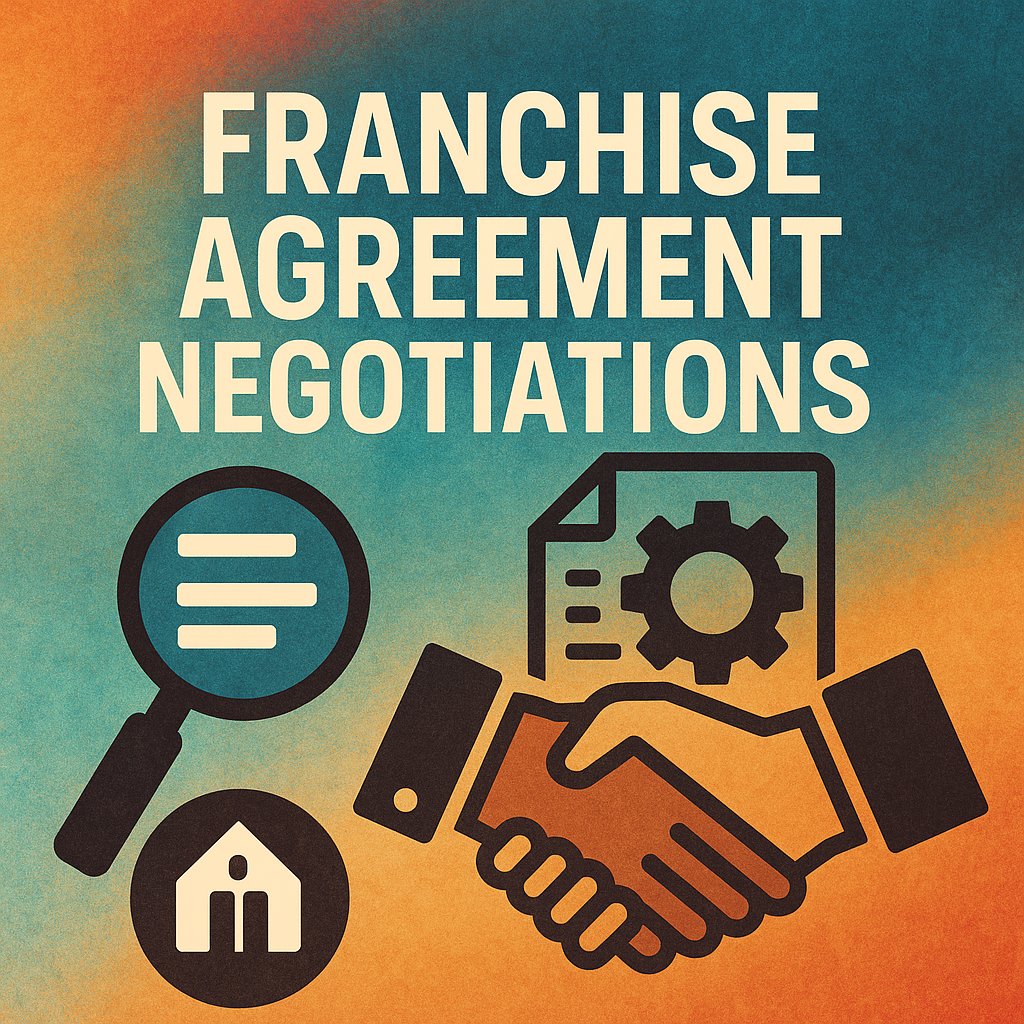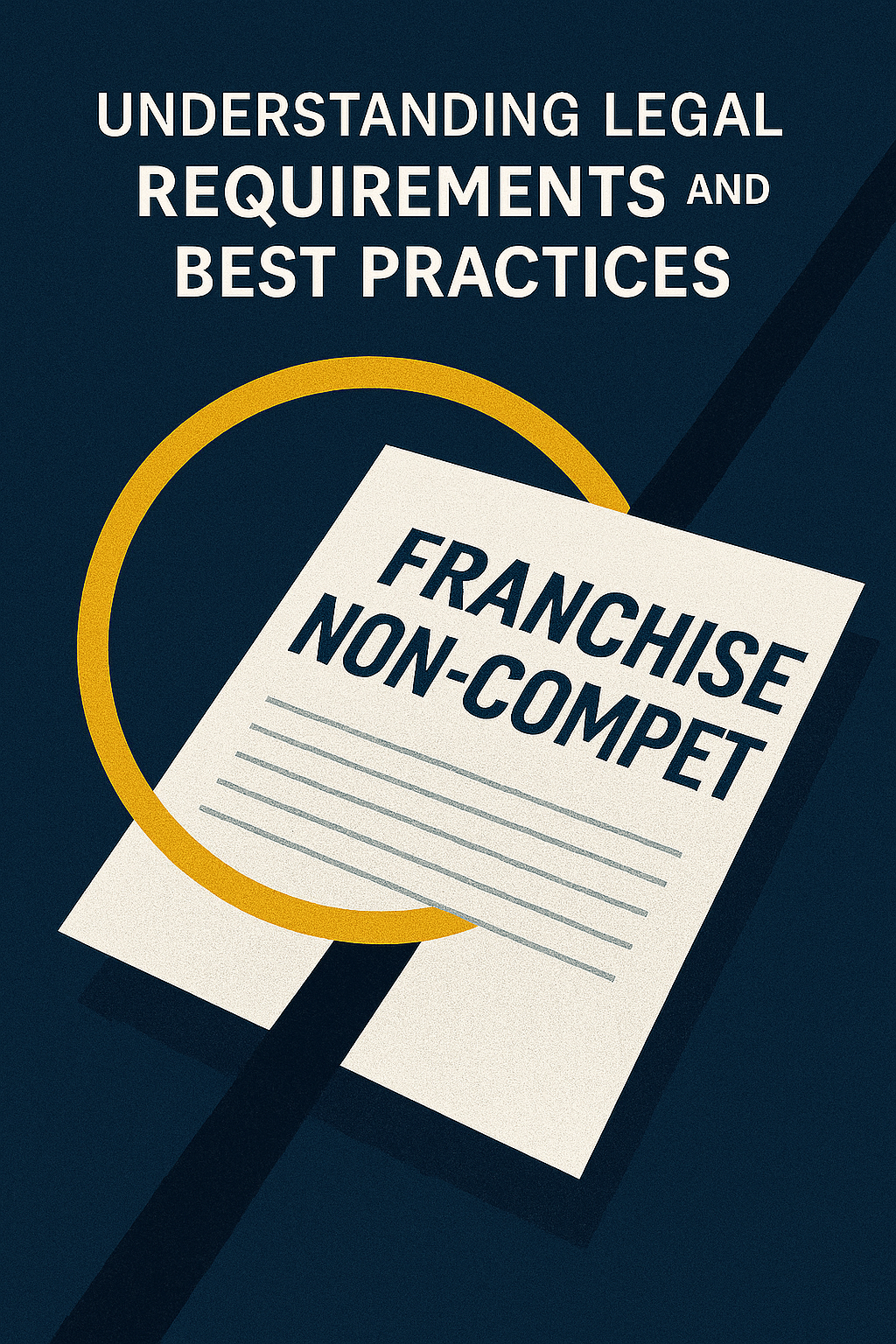In today’s rapidly evolving professional landscape, the importance of ongoing training and professional development cannot be overstated. As a responsible employer, it is your obligation to ensure that you and your staff are equipped with the necessary skills and knowledge to navigate the challenges and opportunities that arise in your industry. This article aims to explore the various aspects of ongoing training and professional development, including understanding its importance, assessing training needs, developing comprehensive training plans, incorporating technology, and measuring its success.
Understanding the Importance of Ongoing Training and Professional Development
Ongoing training and professional development play a crucial role in empowering individuals and organizations to thrive in a competitive environment. By investing in continuous learning, you are not only equipping your staff with the latest skills and knowledge, but you are also fostering a culture of growth and improvement within your organization. Ongoing training ensures that employees remain up-to-date with industry trends, regulations, and best practices, allowing them to perform their jobs effectively and stay ahead of the competition.
Furthermore, ongoing training and professional development can enhance employee satisfaction and engagement. When employees have opportunities to learn and grow, they feel valued and supported by their organization. This can lead to increased job satisfaction, motivation, and loyalty. Employees who are continuously learning and developing their skills are more likely to be engaged in their work and committed to achieving organizational goals.
In addition, ongoing training and professional development can contribute to the overall success and innovation of an organization. By investing in the development of your employees, you are fostering a culture of innovation and creativity. Ongoing training can expose employees to new ideas, technologies, and approaches, which can lead to the development of innovative solutions and improved processes. This continuous learning mindset can help organizations adapt to changing market conditions, stay ahead of competitors, and drive business growth.
The Benefits of Investing in Continuous Learning for You and Your Staff
Continuous learning brings numerous benefits to both you as an employer and your staff. For you, it ensures that your organization remains at the forefront of innovation and is equipped to respond to changing market dynamics. It also enhances employee engagement and job satisfaction, leading to increased productivity and reduced turnover rates. For your staff, ongoing training and professional development offer opportunities for personal growth and career advancement, enabling them to improve their skills, expand their knowledge, and stay relevant in their respective fields.
Furthermore, investing in continuous learning can foster a culture of learning and development within your organization. By prioritizing ongoing training and professional development, you send a clear message to your staff that their growth and success are important to you. This can boost morale and motivation, as employees feel valued and supported in their career journeys.
Exploring the Current Training and Development Landscape
To navigate the training and development landscape effectively, it is essential to stay informed about the latest trends and approaches. This includes understanding emerging technologies, methodologies, and best practices in training delivery. It is also important to explore various sources of training, such as online platforms, conferences, workshops, and industry certifications, to ensure that you choose the most suitable options for your staff’s needs and preferences.
Key Regulations and Legal Requirements for Ongoing Training
In certain industries, there are specific regulations and legal requirements that mandate ongoing training and professional development. For example, healthcare providers need to comply with continuing education requirements to maintain their licenses, while organizations in highly regulated sectors like finance and aviation must adhere to strict training standards to ensure compliance and safety. It is crucial to familiarize yourself with these obligations and ensure that your training programs meet the necessary criteria.
Assessing Your Organization’s Training Needs and Objectives
Before embarking on any training initiatives, it is important to conduct a thorough assessment of your organization’s training needs and objectives. This involves identifying skill gaps, determining the specific areas that require improvement, and aligning training goals with your overall business objectives. A comprehensive needs assessment will help you tailor your training programs to address specific challenges and ensure that they deliver the desired outcomes.
Developing a Comprehensive Training Plan for Your Staff
Once you have identified your training needs and objectives, it is time to develop a comprehensive training plan that outlines the strategies, resources, and timelines for implementation. A well-designed training plan should be aligned with your organization’s goals, take into account the learning styles and preferences of your staff, and provide a clear roadmap for achieving the desired learning outcomes. It should also include a variety of training methods and activities to cater to different learning styles and preferences.
Identifying the Most Effective Training Methods and Tools
There are numerous training methods and tools available, each with its own strengths and limitations. From traditional classroom-based training to online courses, simulations, and hands-on workshops, choosing the most effective training methods depends on various factors such as the nature of the subject matter, the availability of resources, and the preferences of your staff. It is crucial to conduct thorough research, seek feedback from your employees, and leverage the expertise of training professionals to identify the most suitable training methods and tools for your organization.
Incorporating Technology in Ongoing Training Initiatives
Technology has revolutionized the way training is delivered and accessed. Online platforms, learning management systems, virtual reality, and mobile applications have made training more accessible, flexible, and engaging. Integrating technology into your ongoing training initiatives can enhance the learning experience, promote knowledge retention, and facilitate collaboration and knowledge sharing among your staff. However, it is important to strike a balance and ensure that technology is used to complement rather than replace traditional training methods.
Navigating Budget Constraints in Implementing Continuous Learning Programs
Implementing ongoing training and professional development programs requires financial investment. However, budget constraints should not deter you from providing the necessary training opportunities for your staff. There are several strategies you can employ to navigate budget constraints, such as seeking external funding or sponsorships, leveraging online and free training resources, partnering with industry associations, and prioritizing training initiatives based on their impact and alignment with your organization’s goals.
Evaluating the Return on Investment (ROI) of Training and Development Efforts
It is important to evaluate the return on investment (ROI) of your training and development efforts to assess their effectiveness and make informed decisions about future training investments. ROI can be measured in various ways, such as improved employee performance, increased customer satisfaction, reduced errors or accidents, and higher employee retention rates. Collecting feedback from participants, conducting assessments, and analyzing performance data are essential for evaluating the impact and value of your training initiatives.
Tracking and Measuring the Success of Ongoing Training Programs
Tracking and measuring the success of ongoing training programs is crucial for continuously improving their effectiveness. This involves setting clear training objectives, establishing relevant metrics and key performance indicators (KPIs), and implementing processes for gathering feedback and monitoring progress. Regular assessments, surveys, and performance reviews can provide valuable insights into the impact of training programs and help identify areas that require further improvement.
Implementing a Culture of Lifelong Learning in your Organization
Creating a culture of lifelong learning is essential for sustaining ongoing training and professional development efforts. This involves fostering an environment that promotes continuous improvement, encourages curiosity, and supports employees’ personal and professional growth. Providing opportunities for ongoing learning, recognizing and rewarding learning achievements, and incorporating learning into performance management processes can contribute to the development of a learning culture within your organization.
Strategies for Engaging Employees in Continuous Professional Development
Engaging employees in continuous professional development requires a proactive approach that takes into account their individual goals, preferences, and motivations. Offering a variety of training options, allowing employees to choose their learning paths, providing opportunities for hands-on practice and experimentation, and encouraging collaboration and knowledge sharing can enhance employee engagement and drive their commitment to ongoing learning.
Leveraging External Resources and Partnerships for Enhanced Training Opportunities
Expanding training opportunities beyond your organization’s borders can provide access to a wider range of expertise and resources. Establishing partnerships with external training providers, universities, industry associations, and other organizations can offer valuable opportunities for specialized training, certifications, and networking. Leveraging external resources not only enriches the learning experience for your staff but also allows them to tap into the latest industry trends and best practices.
Addressing Skill Gaps through Targeted Training Initiatives
Identifying and addressing skill gaps is a critical component of ongoing training and professional development. By conducting skills assessments and gap analyses, you can pinpoint areas of weakness and design targeted training initiatives to bridge those gaps. This may involve providing additional training, mentoring programs, cross-training opportunities, or encouraging staff to pursue further education or certification in specific areas.
Ensuring Compliance with Industry Standards through Regular Training Updates
Compliance with industry standards and regulations is essential for maintaining the integrity and reputation of your organization. Ongoing training updates ensure that your staff remains compliant with the latest rules and requirements. Regularly reviewing and updating your training programs to reflect changes in industry standards and legal obligations, and ensuring that the training content is accurate and up-to-date, are critical for ensuring regulatory compliance.
Overcoming Challenges in Implementing Ongoing Training Programs
Implementing ongoing training programs may encounter various challenges that need to be addressed. These challenges may include resistance to change, limited resources, time constraints, technological barriers, or lack of senior leadership support. By recognizing and proactively addressing these challenges through effective change management, communication, resource allocation, and stakeholder engagement, you can overcome obstacles and ensure the successful implementation of ongoing training initiatives.
Promoting a Growth Mindset: Inspiring Employees to Embrace Continuous Learning
A growth mindset is essential for fostering a culture of continuous learning within your organization. Encouraging employees to embrace challenges, persist in the face of setbacks, and see failure as an opportunity for growth and improvement can inspire a lifelong commitment to learning. Providing regular feedback, setting achievable goals, recognizing and celebrating learning achievements, and leading by example are all strategies that can promote a growth mindset among your staff.
Empowering Staff through Personalized Professional Development Plans
Personalized professional development plans empower employees to take ownership of their learning journey and tailor their training to their individual goals and aspirations. By working closely with each staff member, identifying their aspirations and developmental needs, and co-creating personalized development plans, you can enhance employee engagement, motivation, and satisfaction. Regularly reviewing and adjusting these plans allows for continuous growth and development.
In conclusion, ongoing training and professional development are essential obligations for both employers and employees. By prioritizing continuous learning and providing opportunities for growth, you can ensure that your staff remains skilled, engaged, and capable of meeting the challenges and opportunities of the modern workplace. By understanding the importance of ongoing training, assessing training needs, developing comprehensive training plans, incorporating technology, and measuring its success, you can create a culture of continuous learning that drives your organization’s success.







